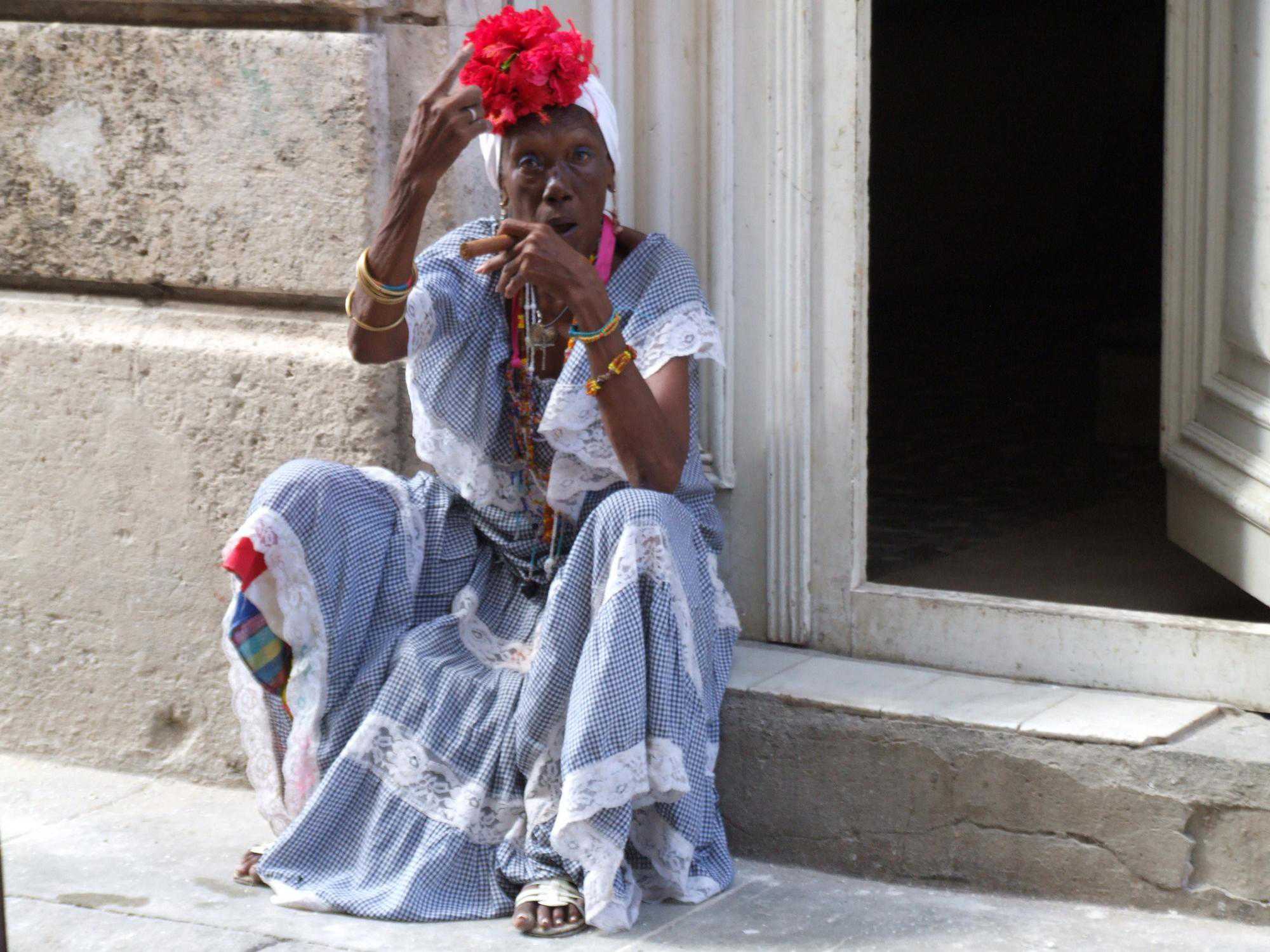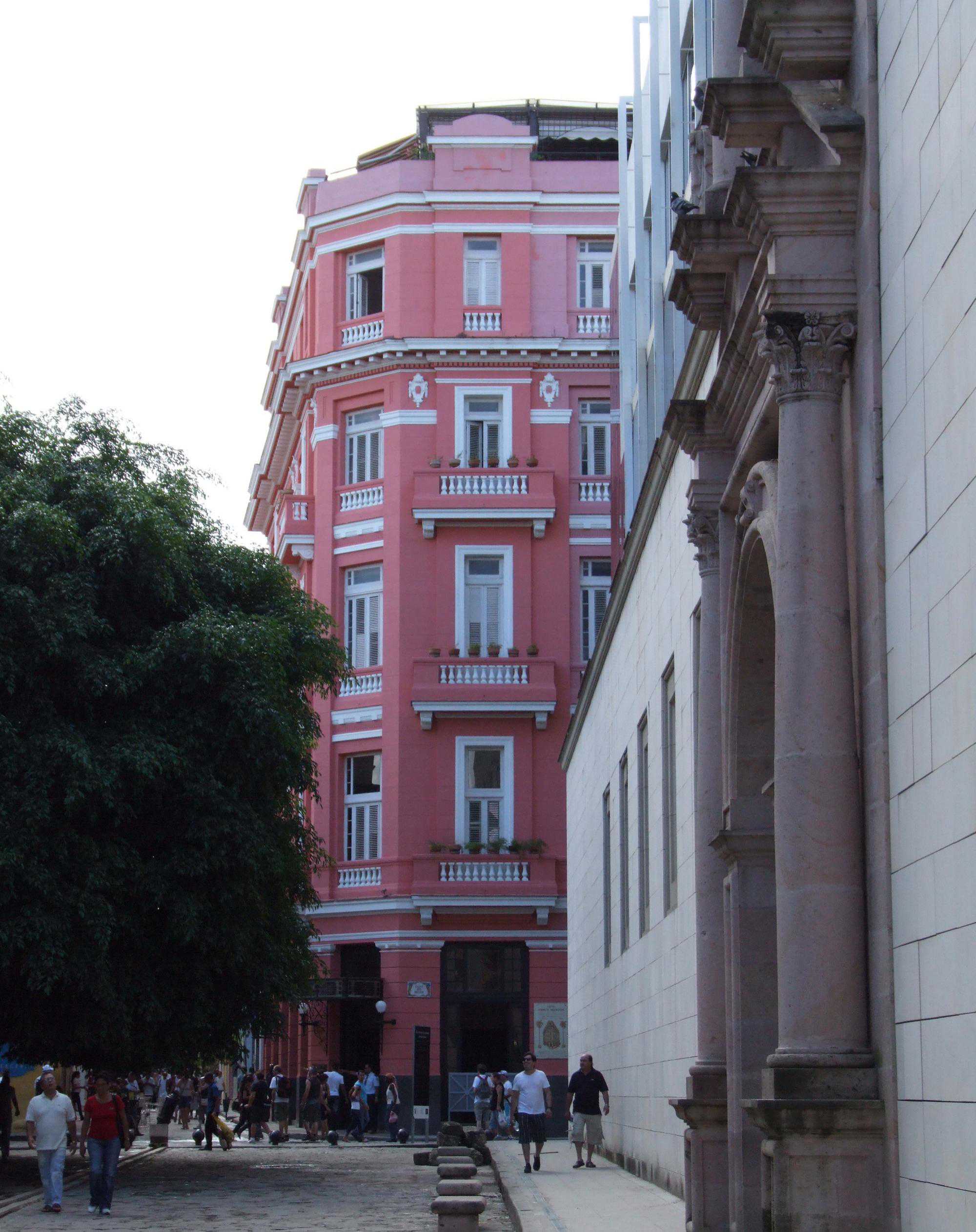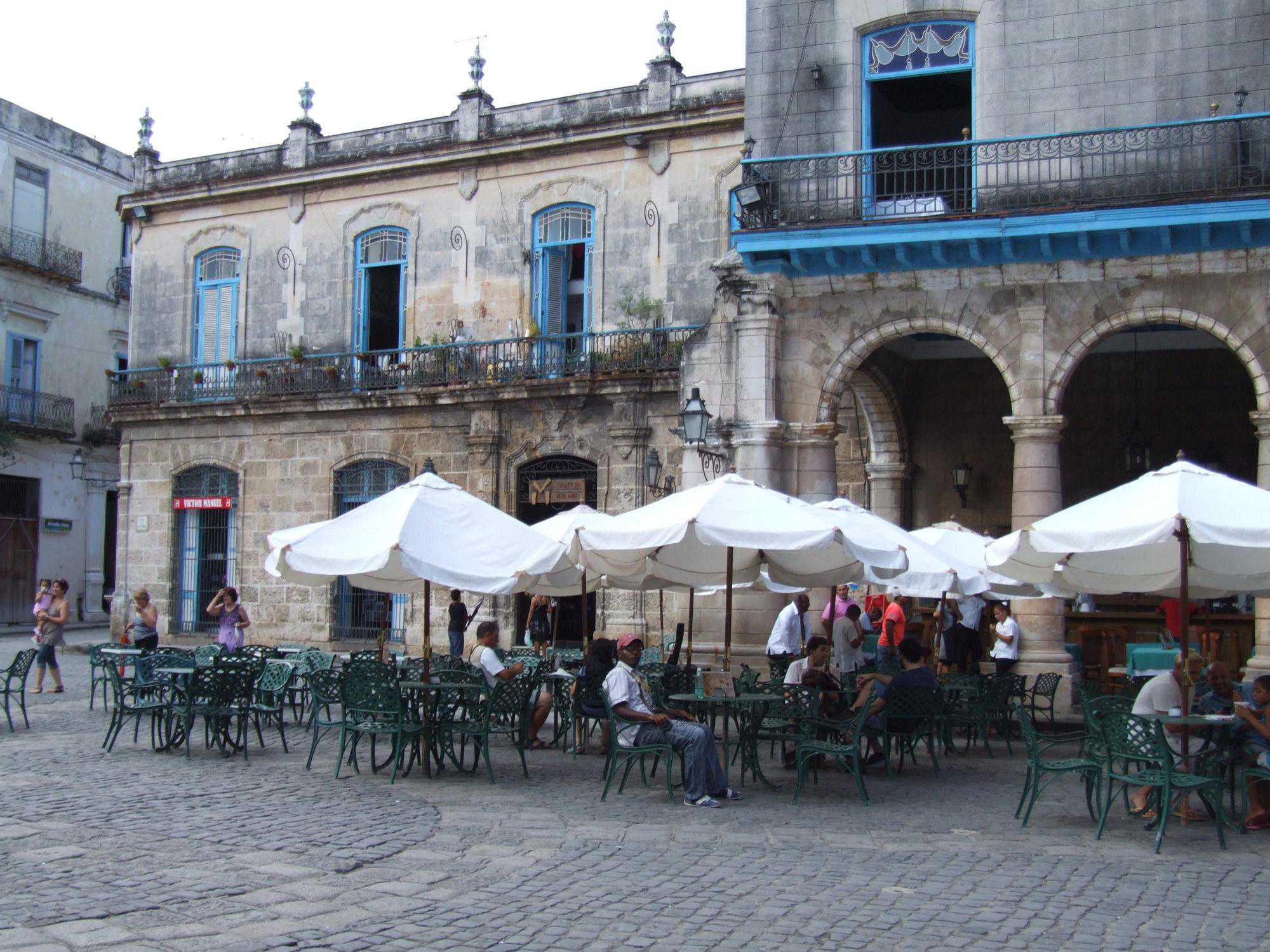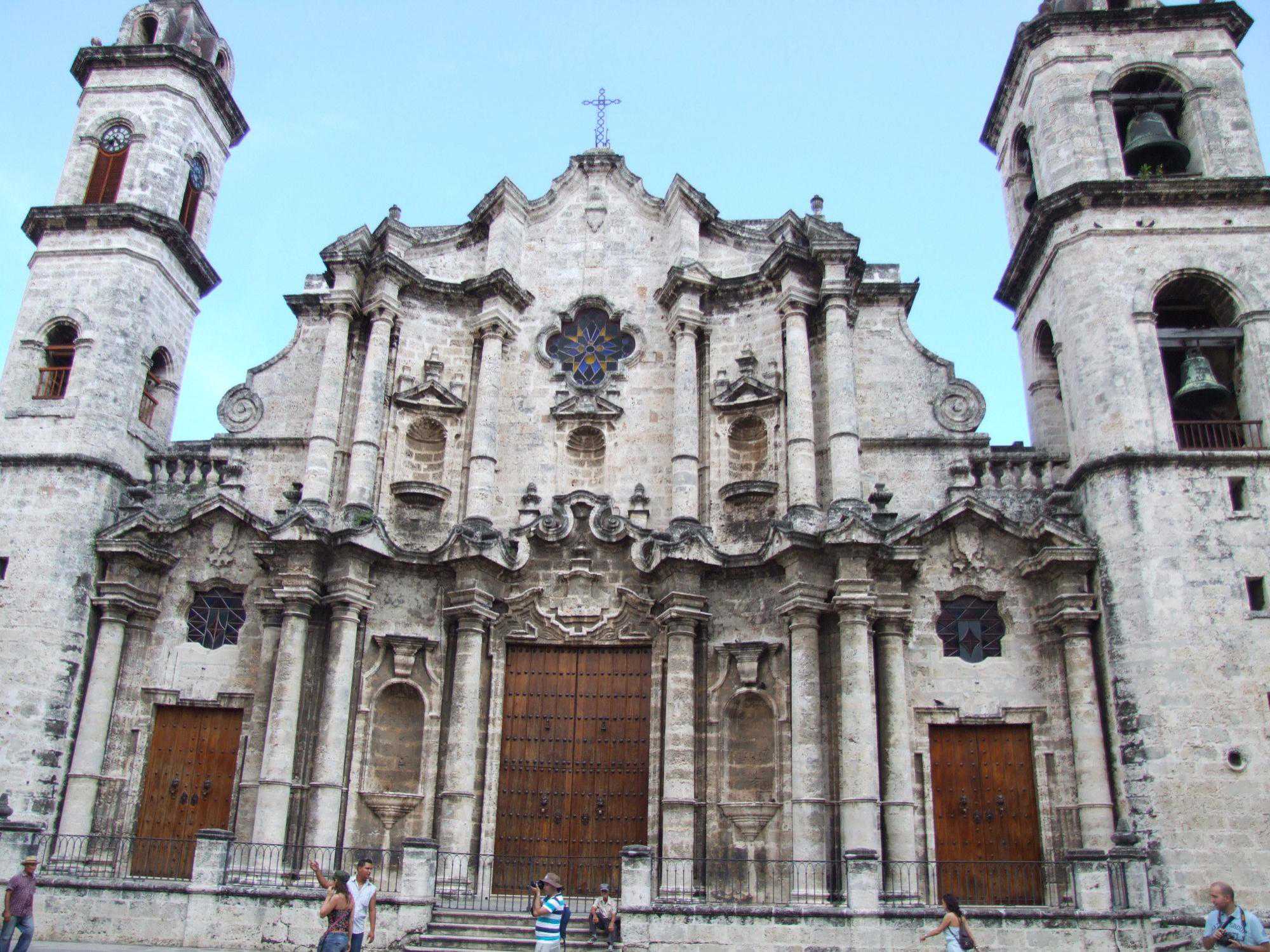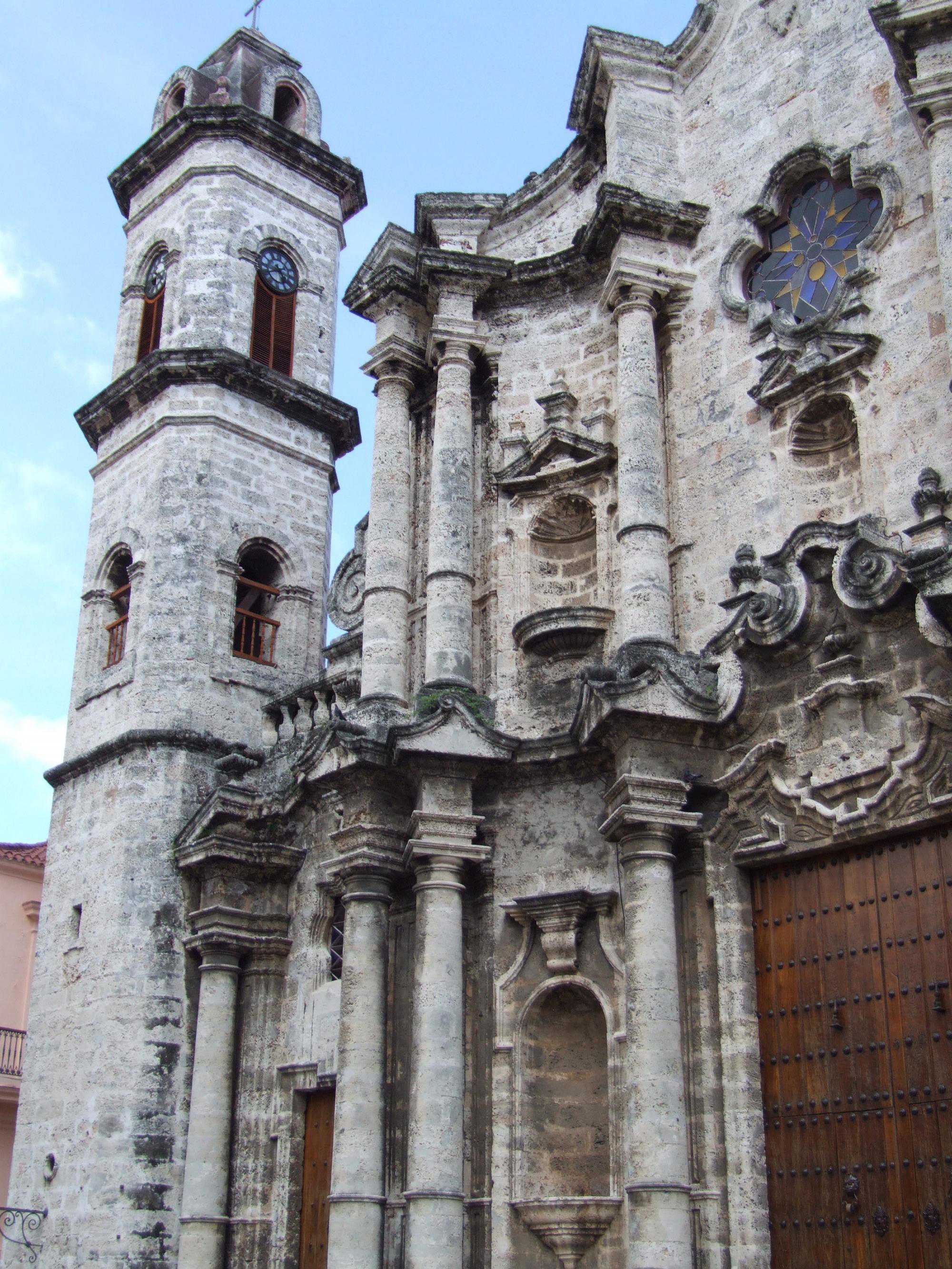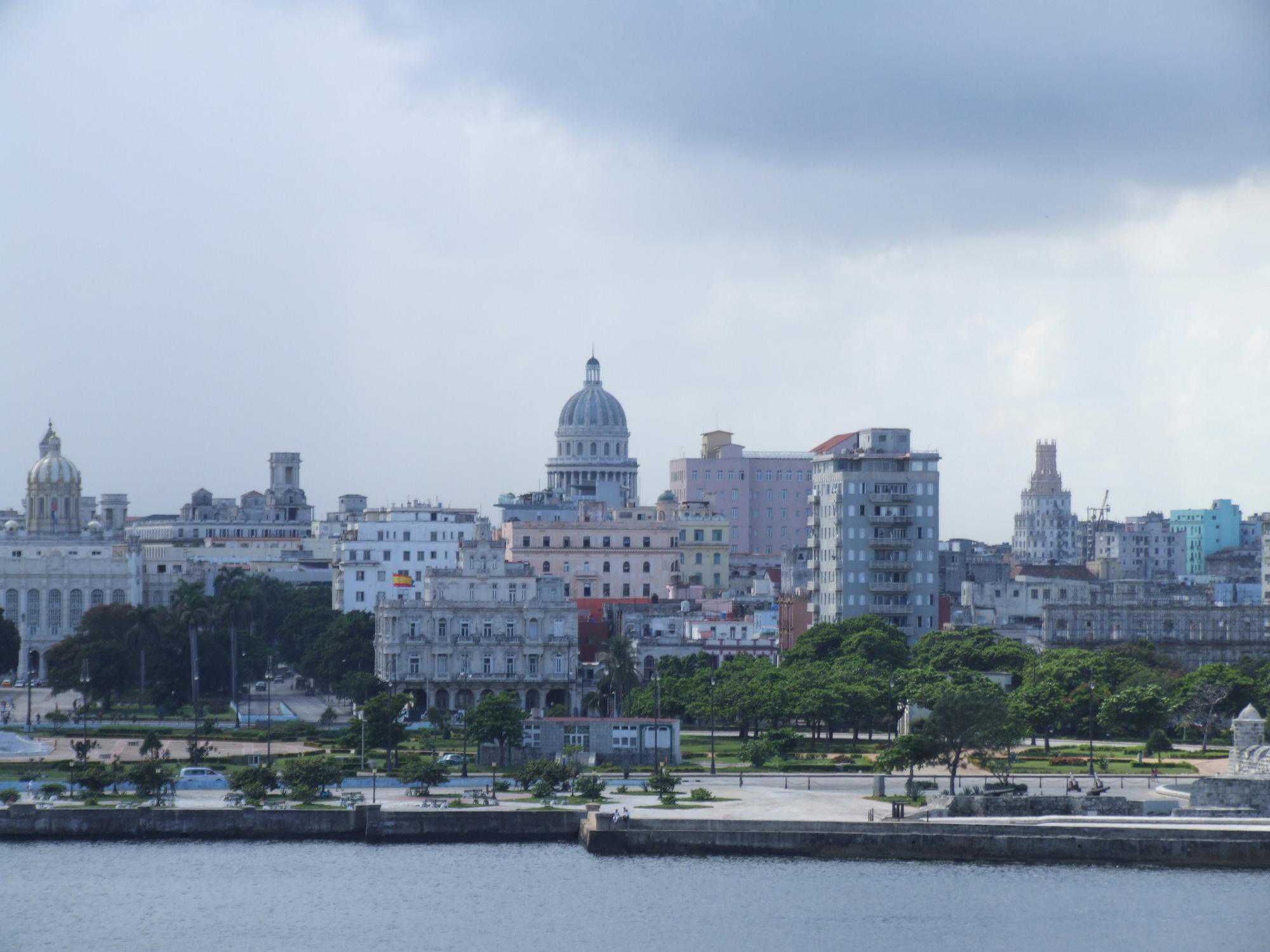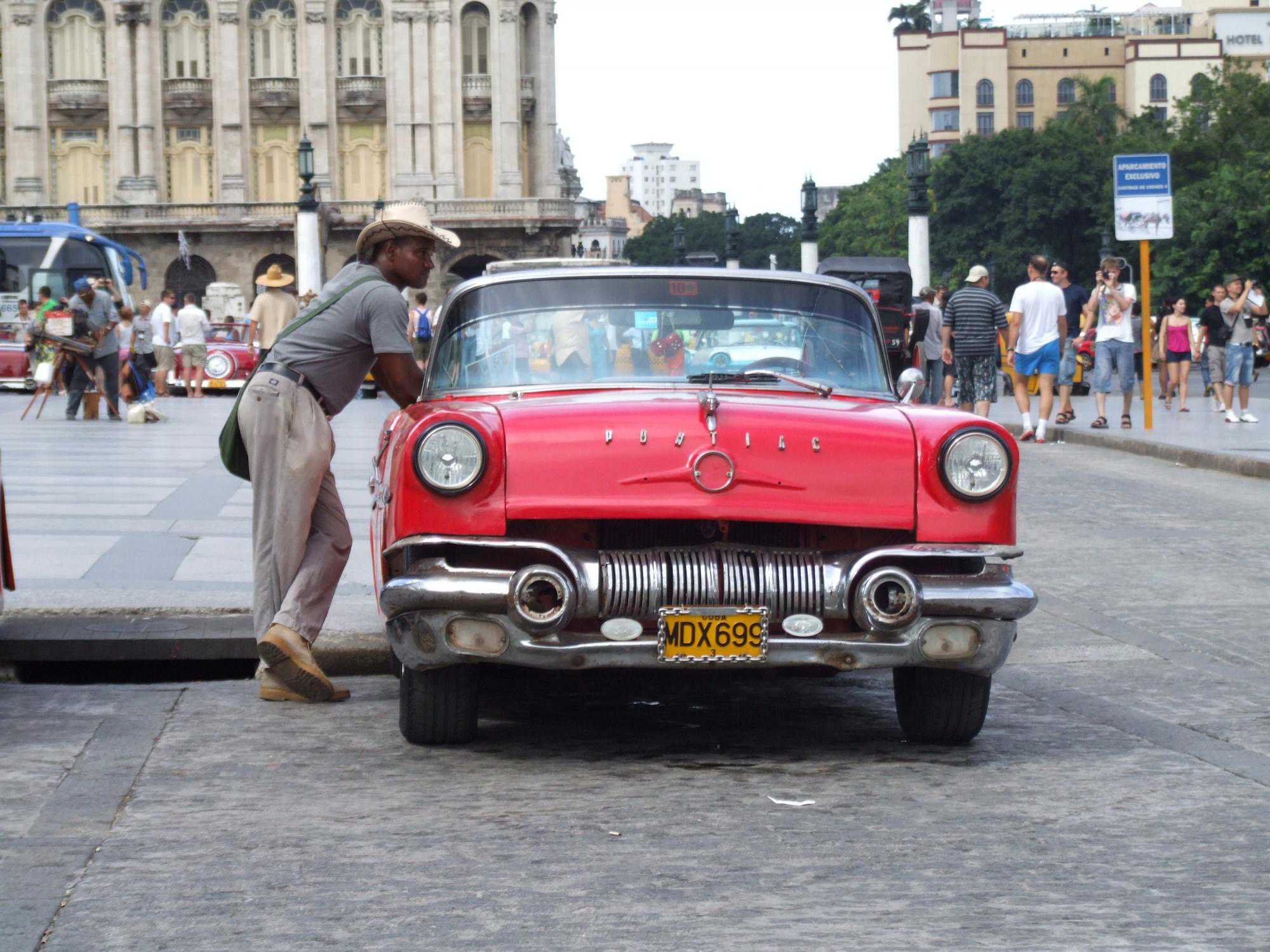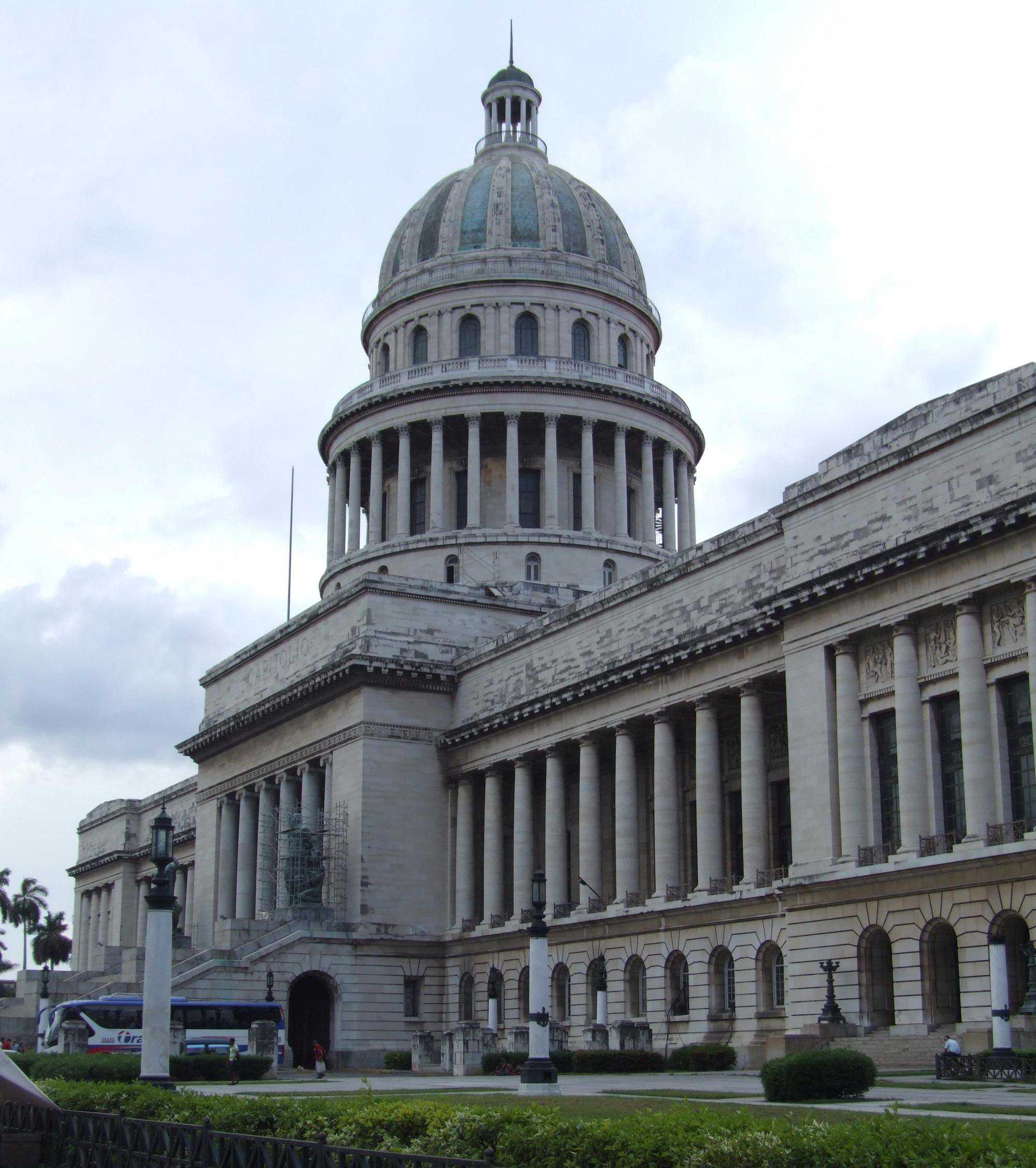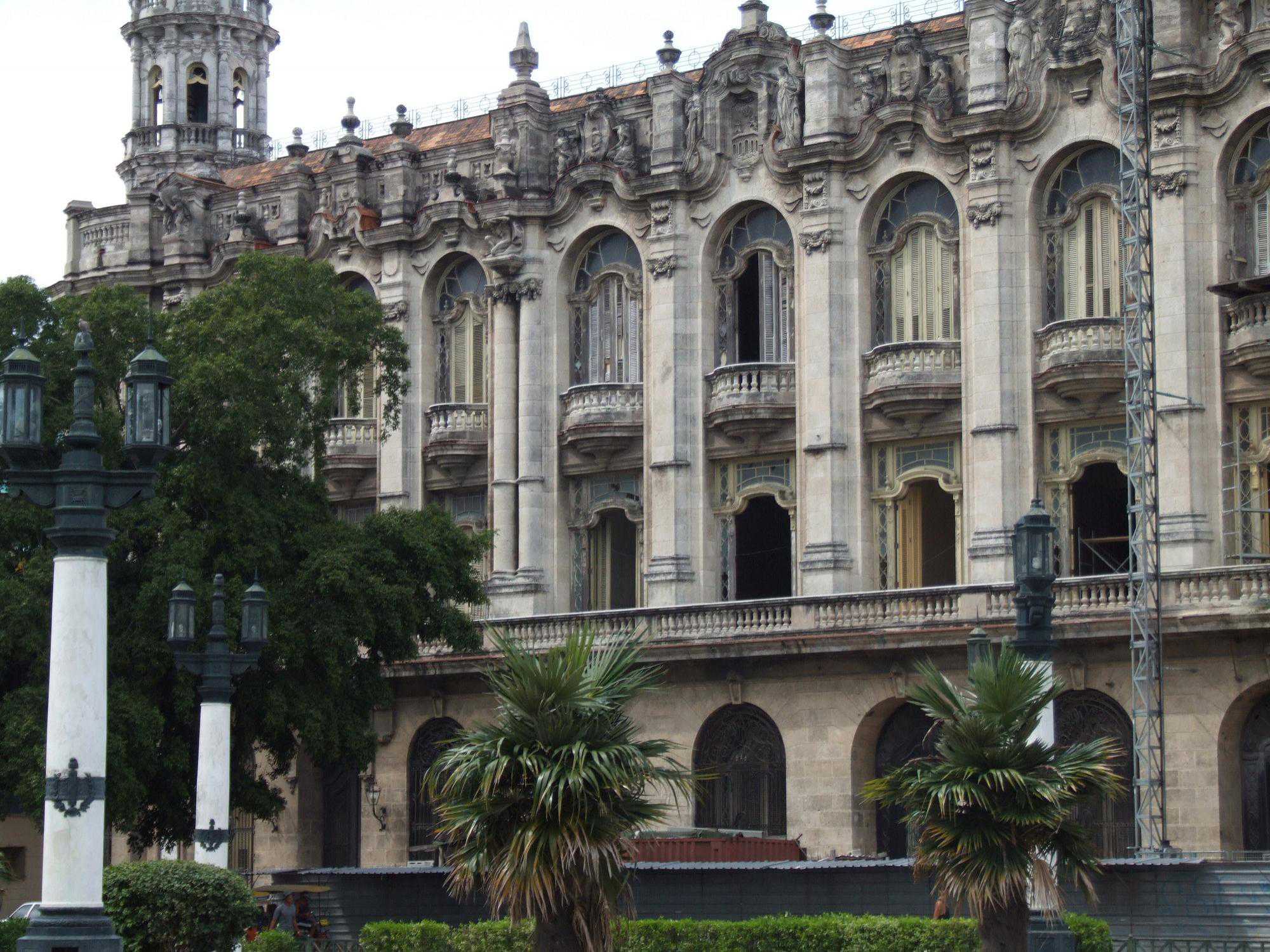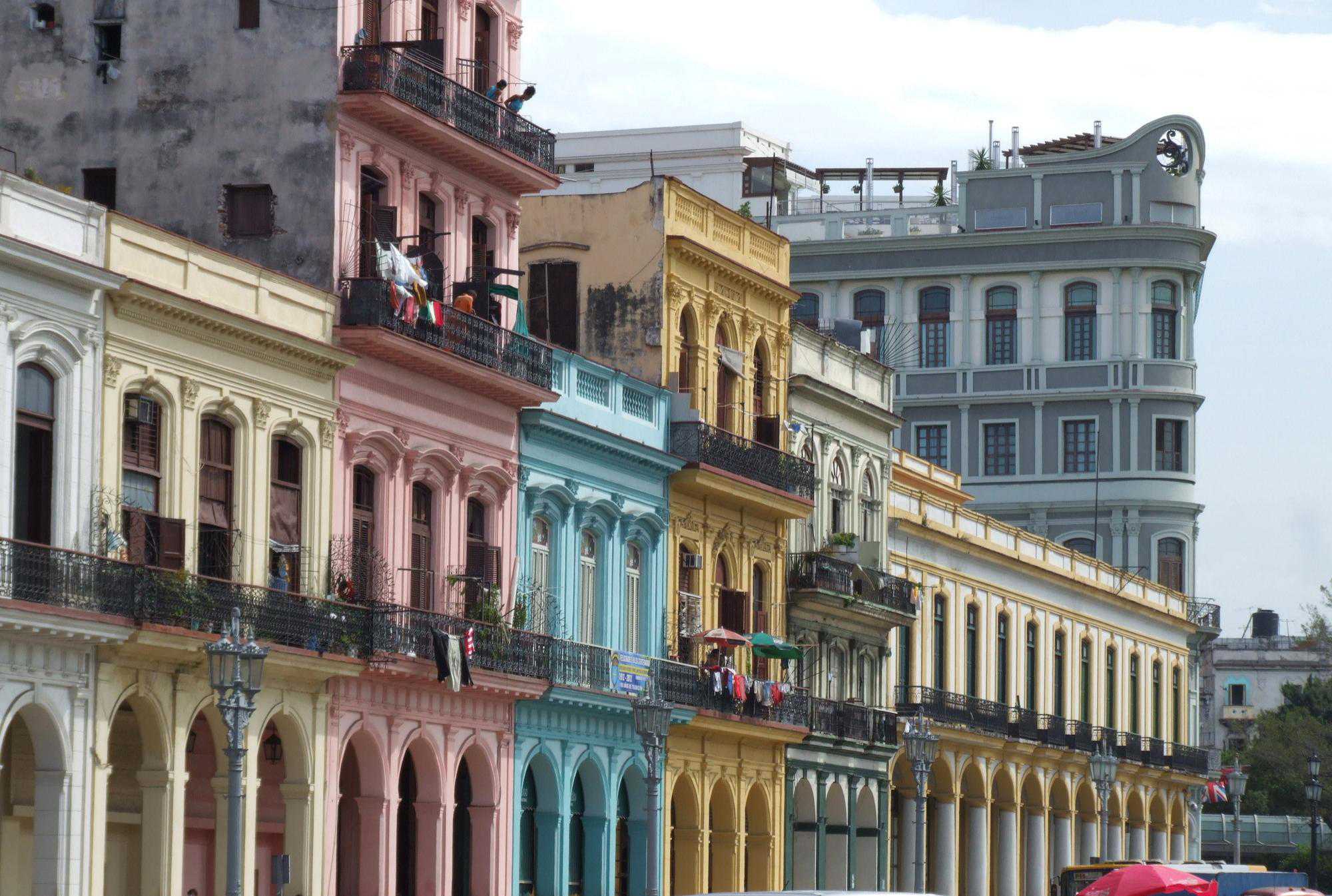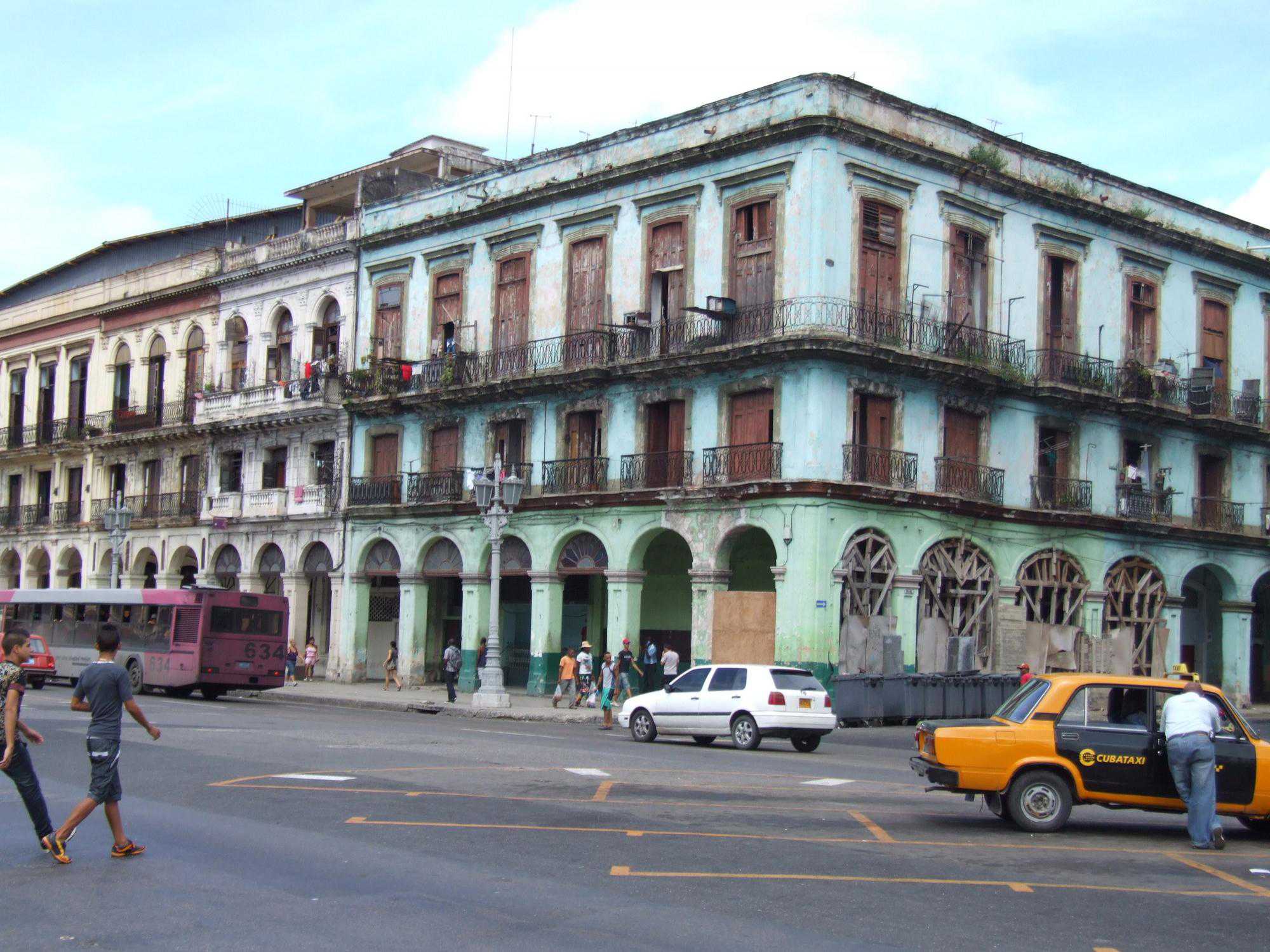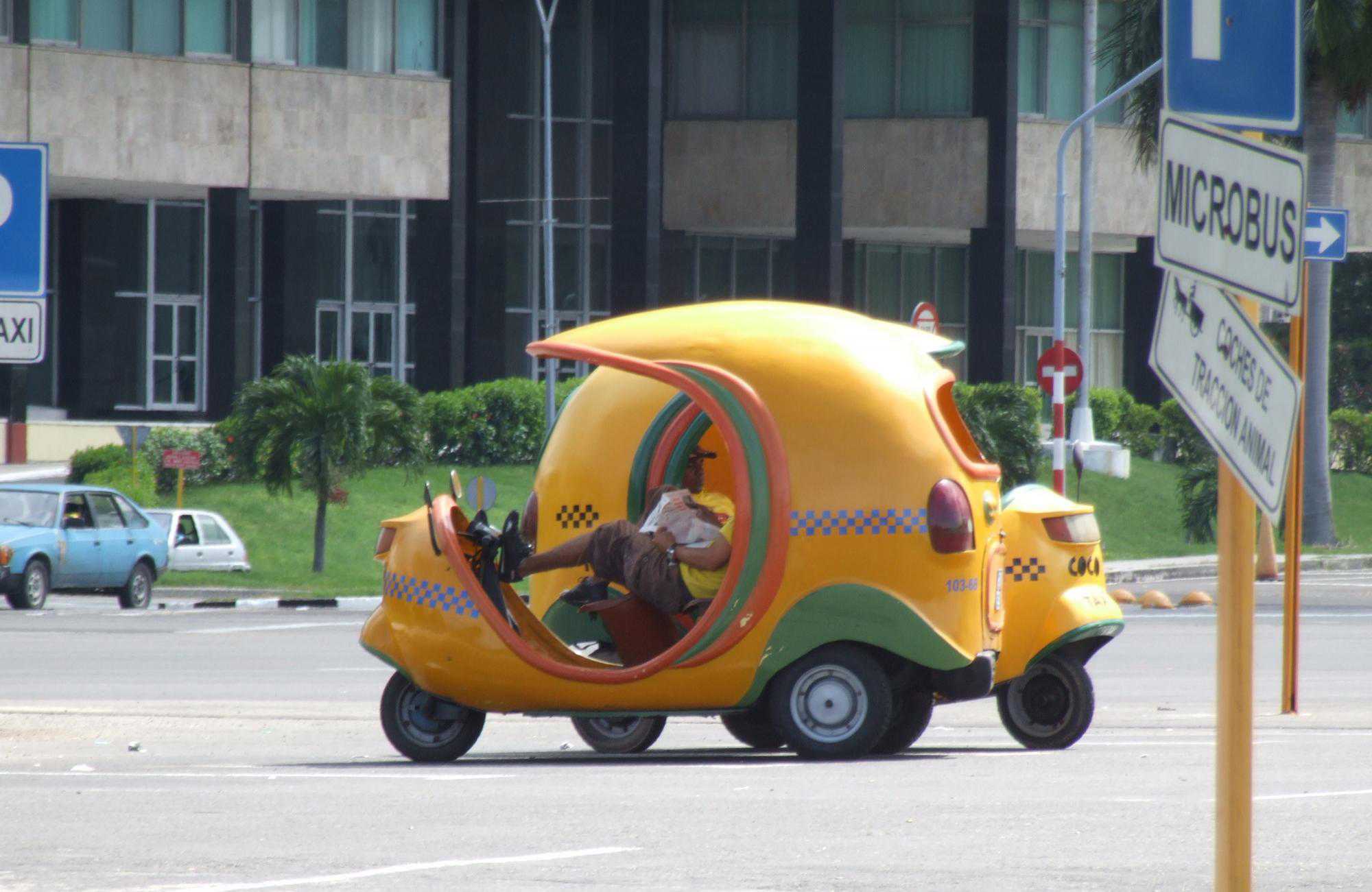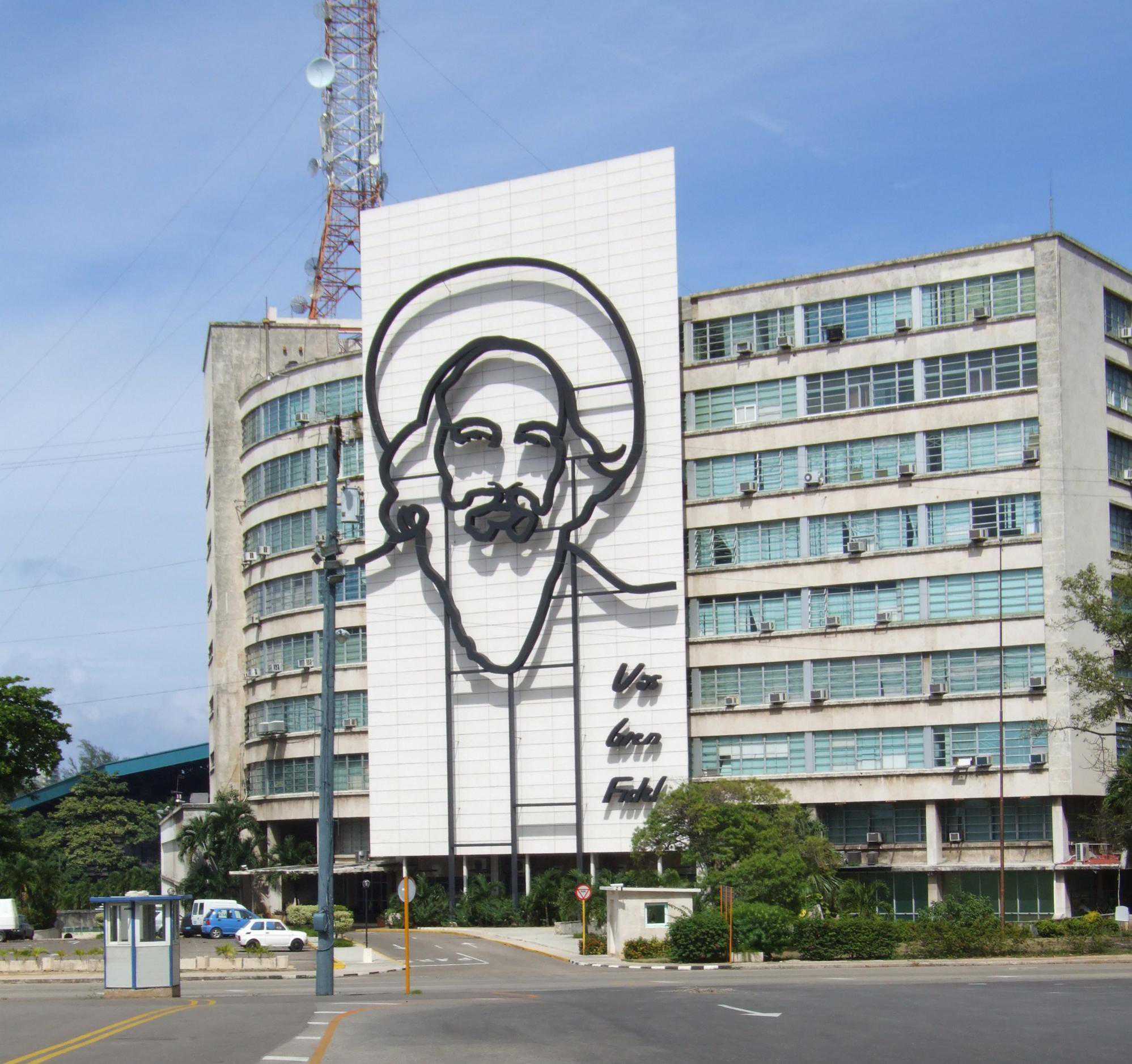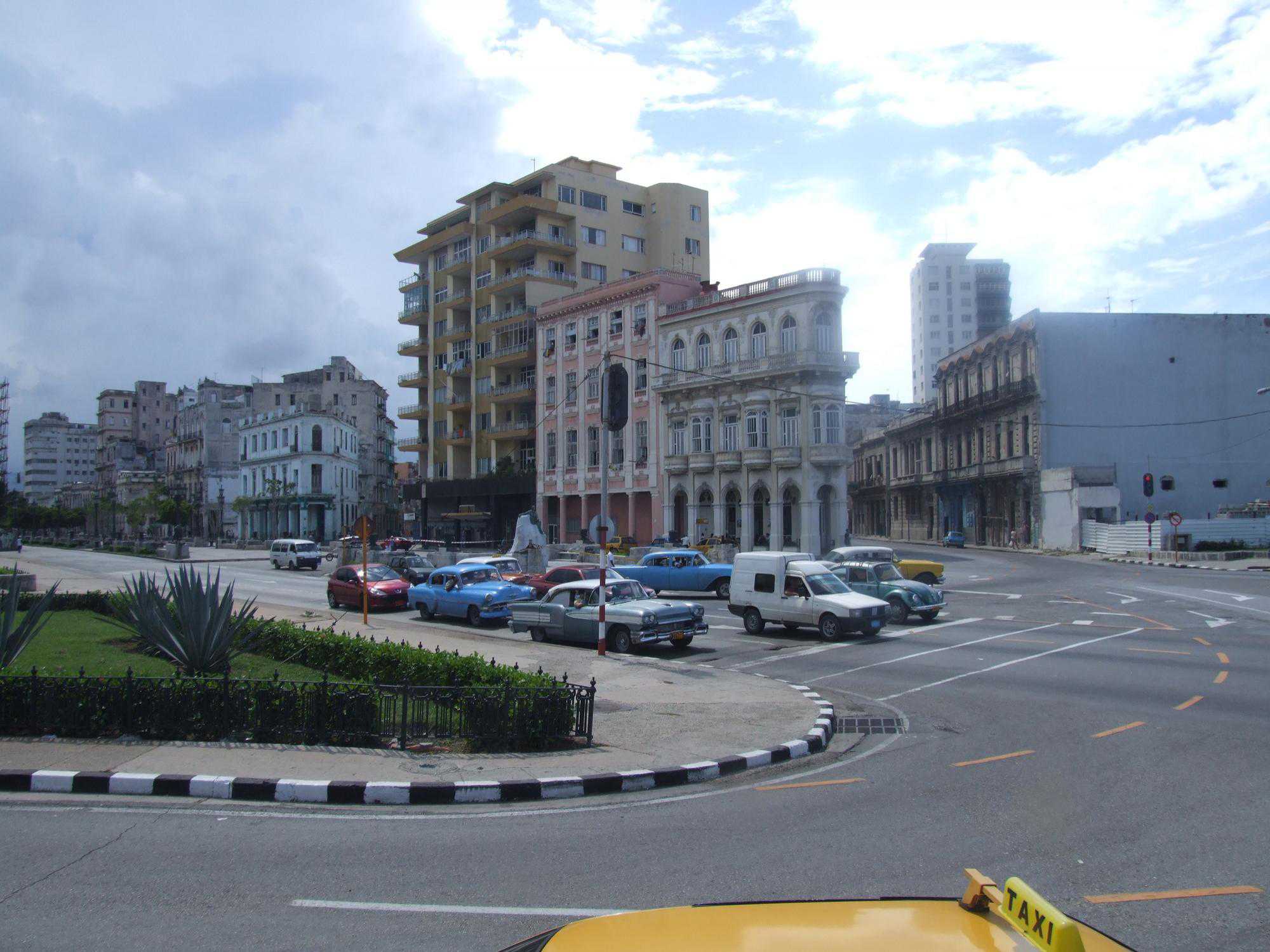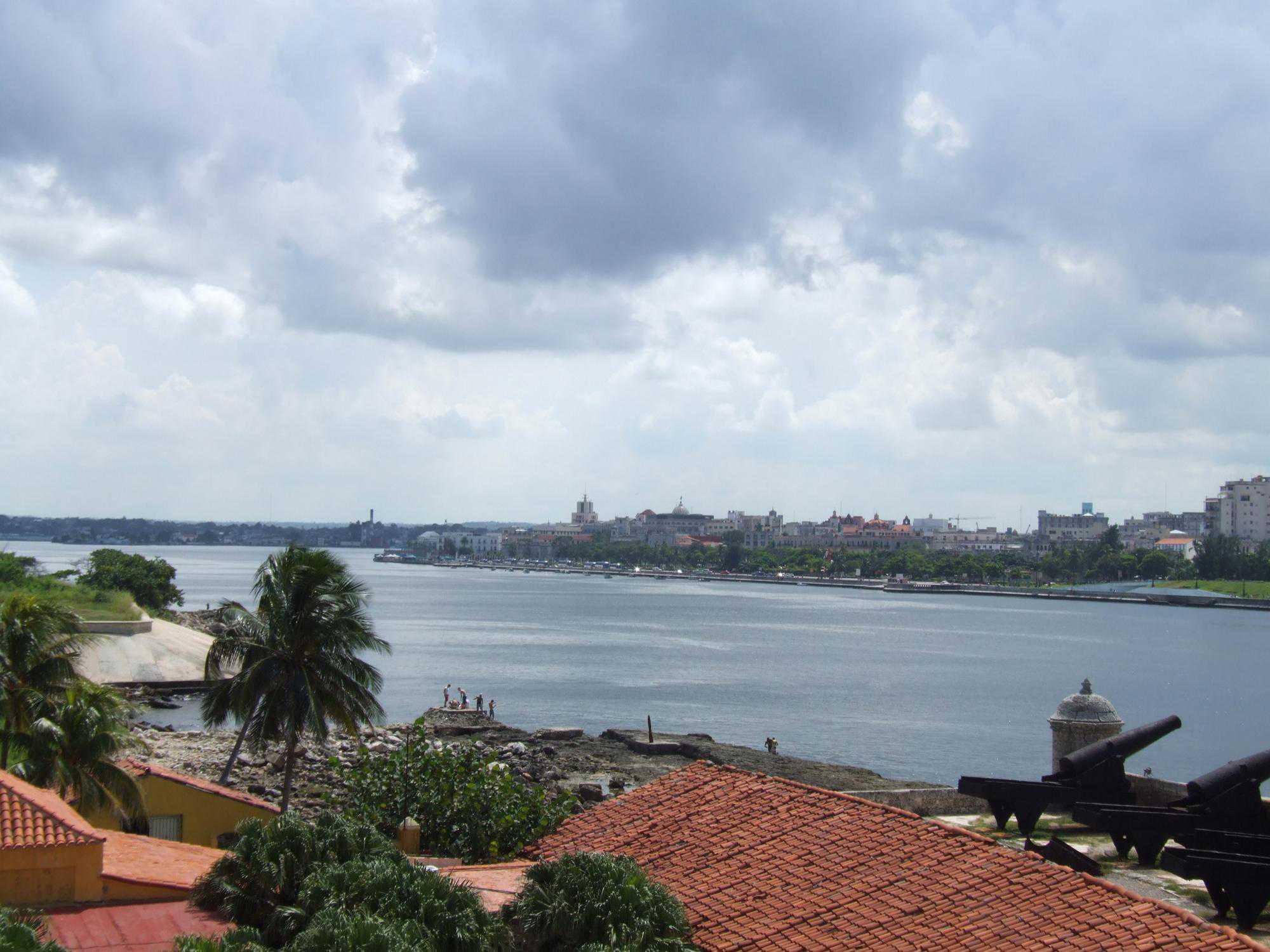Travel to Havana
City of Culture, Tropicana, and Cigars.
A trip to Havana, the capital of Cuba, is an absolute must on this low-cost trip to the south. You will stay in a comfortable room at the welcoming Hotel Habana during your all-inclusive trip. From there, you can explore the rich and diverse culture of Spanish and African origins.
Built on the northwest coast, Havana is an urban centre that brings together industry, commerce, and services. With fifteen kilometres of sandy beach, it is the perfect place to relax and swim. An all-inclusive package also allows you to explore the history of this city that dates back to 1519.
Points of Interest:
Castles
Real Fuerza Castle
Built between 1558 and 1578, it is Havana's oldest fortress. It was the fortress of the Spanish governors. Located near the Plaza de Armas and Puerto Avenue, it now houses the ceramics museum.
Castle of San Salvador de la Punta
Built between 1590 and 1600, it was designed to protect the harbour entrance from the attacks of pirates and privateers. It is located west of the mouth of the entrance channel to the bay.
Castle of the Three Reyes del Morro
Located at the entrance of the channel that gives access to the bay, it was built between 1589 and 1610. It was considered impregnable until its capture by the English in 1762. In the nineteenth century, the beacon was added that marks the entrance to the harbour and serves as an orientation point for mariners. It is now part of the Morro-Cabaña Historical Military Park.
San Carlos de la Cabaña Fortress
Located behind the Morro Castle, it was built between 1763 and 1774 to strengthen Havana's defences that had been captured by the English in 1762 from its advantageous height. This gigantic fortress is enclosed on a hill overlooking the city.
Fort Cojimar
This is a unique building, conceived as part of the city's defence plan to defend the eastern part of the bay against attacks by privateers and pirates.
Morro-Cabaña Historical Military Park
This is a tourist complex that gives you the chance to take a journey through five centuries of Havana's history. Its fortresses – eyewitnesses to privateers, pirates, and the attack of the British fleet – are particularly well preserved. Visitors can admire the solid structures, as well as the very old batteries, magazines, and ditches. The complex also has modern restaurants, bars, and cafeterias. At 9 pm, you can enjoy the ceremony of the firing of the cannon (Cañonazo) that formerly announced the closing of the doors of the city and the chaining of the mouth of the harbour.
Fragments of the Walls
In former days, to protect their town against attacks by privateers and pirates, the inhabitants of Havana built a stone wall that became the city walls of Havana. Built between 1674 and 1797, the city decided to demolish it in 1863 in favour of development. There remain only a few fragments, silent witnesses to the past.
Bacuranao Dungeon
Declared a National Monument, it was one of the additional fortifications built in 1650 to defend the northern coast of Havana. It is located east of the city near the Bacuranao River, on the beach of the same name. This is where the British troops first landed in 1762 during the attack in Havana.
Bacuranao Beach.
San Lázaro Dungeon
This is a watchtower from which one could observe the approach of privateers and pirates. It was built in the sixteenth century, on what was the San Lázaro Creek (outside the old city walls).
Near Antonio Maceo Park, at Malecón and Marina, central Havana.
La Chorrera Dungeon
Erected in 1646, it defended the entrance to the Almendares River, which was navigable at the time. It was captured by the English in 1762.
At Malecón and 20th Street, Vedado, Revolution Square.
El Templete
A small neoclassical building, it was built in 1828 on the site where, in the shadow of a kapok tree, the first mass was celebrated and the first town council meeting was held after the transfer of Havana to its current site. Inside are three outstanding and huge commemorative paintings by the French painter Jean Baptiste Vermay, founder of the Academy of Fine Arts of San Alejandro. The current kapok tree was planted in 1959. The kapok is a sacred tree, which, according to tradition, grants the wishes of those who ask silently while circling the tree three times.
Plaza de Armas.
Governor's Palace
One of the most representative examples of Cuba's baroque period. Built between 1776 and 1791 as the official residence of the Spanish governors-general, it also housed Havana's town hall and prison. City Museum Headquarters.

